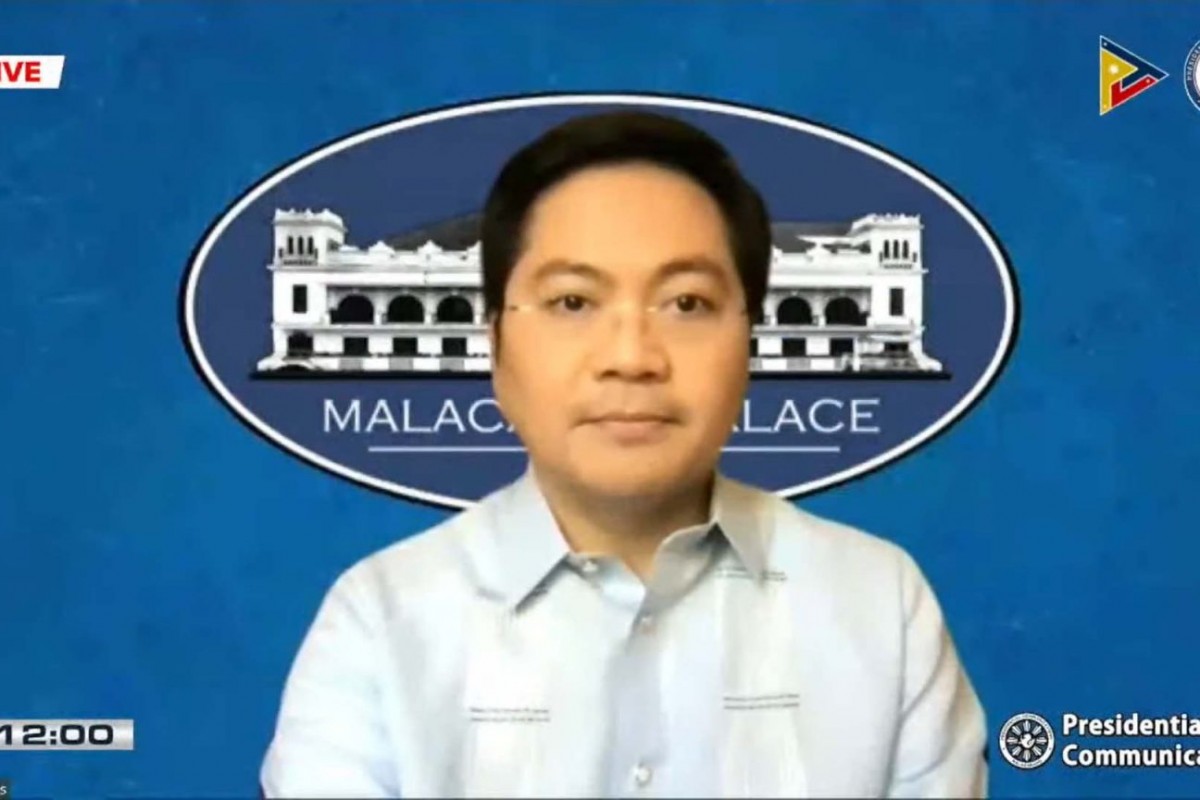MANILA -- In light of the increasing number of COVID-19 cases and higher healthcare utilization rate (HCUR) in the country, the Inter-Agency Task Force for Emerging Infectious Diseases (IATF-EID) updated in its January 6, 2022 meeting the isolation and quarantine protocols for healthcare workers and the public, said Acting Presidential Spokesperson and Cabinet Secretary Karlo Nograles.
In a press briefing on January 7, 2021, Secretary Nograles said the policy shift in the quarantine and isolation protocols of the Department of Health (DOH) will now authorize hospital infection prevention and control committees to implement shortened quarantine protocols of up to five days for fully vaccinated healthcare workers.
“In extreme circumstances and upon weighing the risks and benefits, hospital infection prevention and control committees are also authorized to implement shortened isolation protocols for their COVID-19 confirmed fully vaccinated healthcare workers,” said Sec. Nograles.
The DOH is set to issue more specific protocols on this, added Nograles.
Aside from shortened quarantine protocols for healthcare workers, the IATF also approved home isolation for COVID-19 confirmed individuals who are asymptomatic and for those with mild, or moderate disease.
According to the DOH, isolation of COVID-19 cases shall be 10 days for both vaccinated and unvaccinated who are asymptomatic and those with mild and moderate symptoms, and 21 days for those with severe and critical symptoms, regardless of vaccination status.
“Pinayagan ang home quarantine naman ng close contacts ng suspect, probable, or confirmed COVID-19 cases, subject to the more specific protocols as may be issued by the Department of Health,” said the IATF Co-Chair.
Per the amended DOH protocol, fully vaccinated close contacts may quarantine for seven days or per the advice of a doctor, while incompletely vaccinated or unvaccinated individuals shall quarantine for 14 days or on the advice of a physician.
Meanwhile, DOH Undersecretary Maria Rosario Vergeire, in the same press briefing, reiterated that home quarantine and isolation are allowed as long as patients have their own room and toilet, and can be monitored by the local government unit (LGU) or by a health care provider.
Absent the said home isolation/quarantine requirements, Usec Vergeire recommends that COVID-19 positive individuals should be brought to an accredited isolation facility to prevent transmission.
Vergeire however emphasized that priority for facility quarantine and isolation will be given to those in Priority Groups A2 and A3 with no capacity to home quarantine or isolate, and other population groups without the capacity to do home quarantine and isolation.
The DOH spokesperson likewise underscored the use of telemedicine service providers for individuals who are in isolation and experiencing mild to moderate symptoms, so as not to overburden health care facilities and hospitals. Those who are interested to avail of telemedicine services offered by the DOH are encouraged to visit the website bit.ly/DOHTelemedicine. (OPS)



